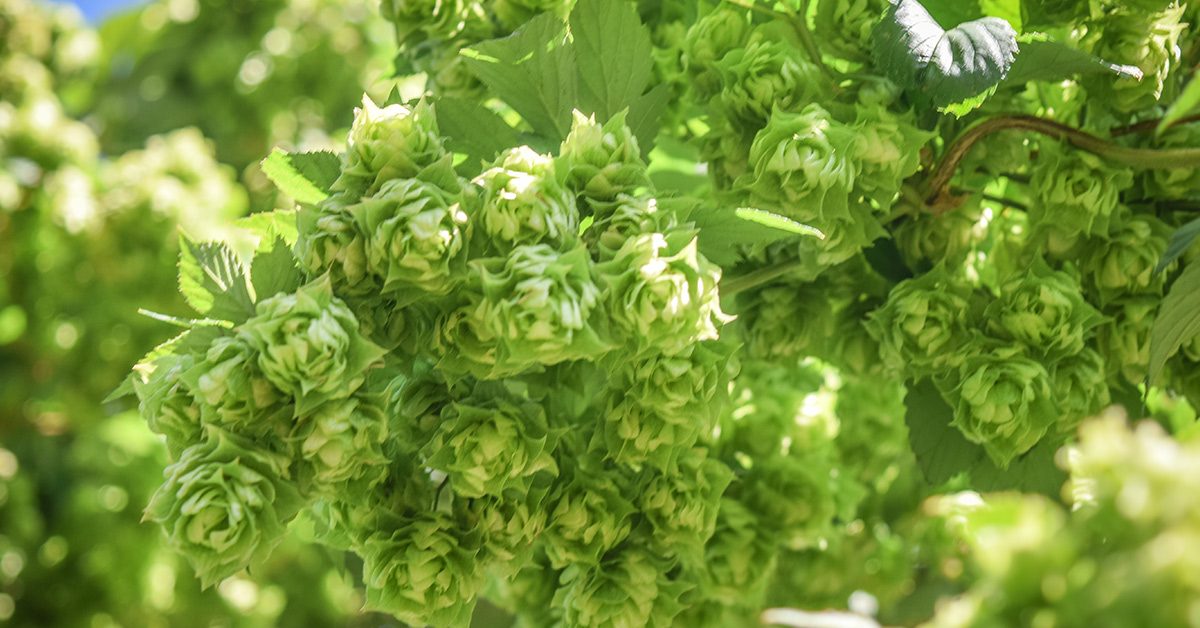We all know that hops are a major component of craft beer, but it turns out they have another important function—saving the world’s honey bee population! Researchers have discovered that the beta acids of Humulus lupulus can be used to repel plant pests, including the varroa mite, which is a main contributor to the colony collapse disorder (CCD) that has been destroying the bee population in recent years.
After extensive experimentation and testing of various methods, the proper level of HBAs (hop beta acids) was determined that would effectively destroy the mites while keeping the bee colony safe. Scientists extract the HBA from the cones of hop plants, apply it to cardboard or plastic strips, and then insert the strips into colony hives. Bees walk on these strips, picking up the HBAs, and then transfer it through bee-to-bee contact. The mites on these bees are then successfully killed and fall off. While the HBA method does not completely decimate the varroa mite population, it at least keeps the mite levels below dangerous levels.
Next time you enjoy your favorite American IPA, raise your glass to the bees—and the scientists who turned to hops to rescue the bee population.
CraftBeer.com is fully dedicated to small and independent U.S. breweries. We are published by the Brewers Association, the not-for-profit trade group dedicated to promoting and protecting America’s small and independent craft brewers. Stories and opinions shared on CraftBeer.com do not imply endorsement by or positions taken by the Brewers Association or its members.


Share Post